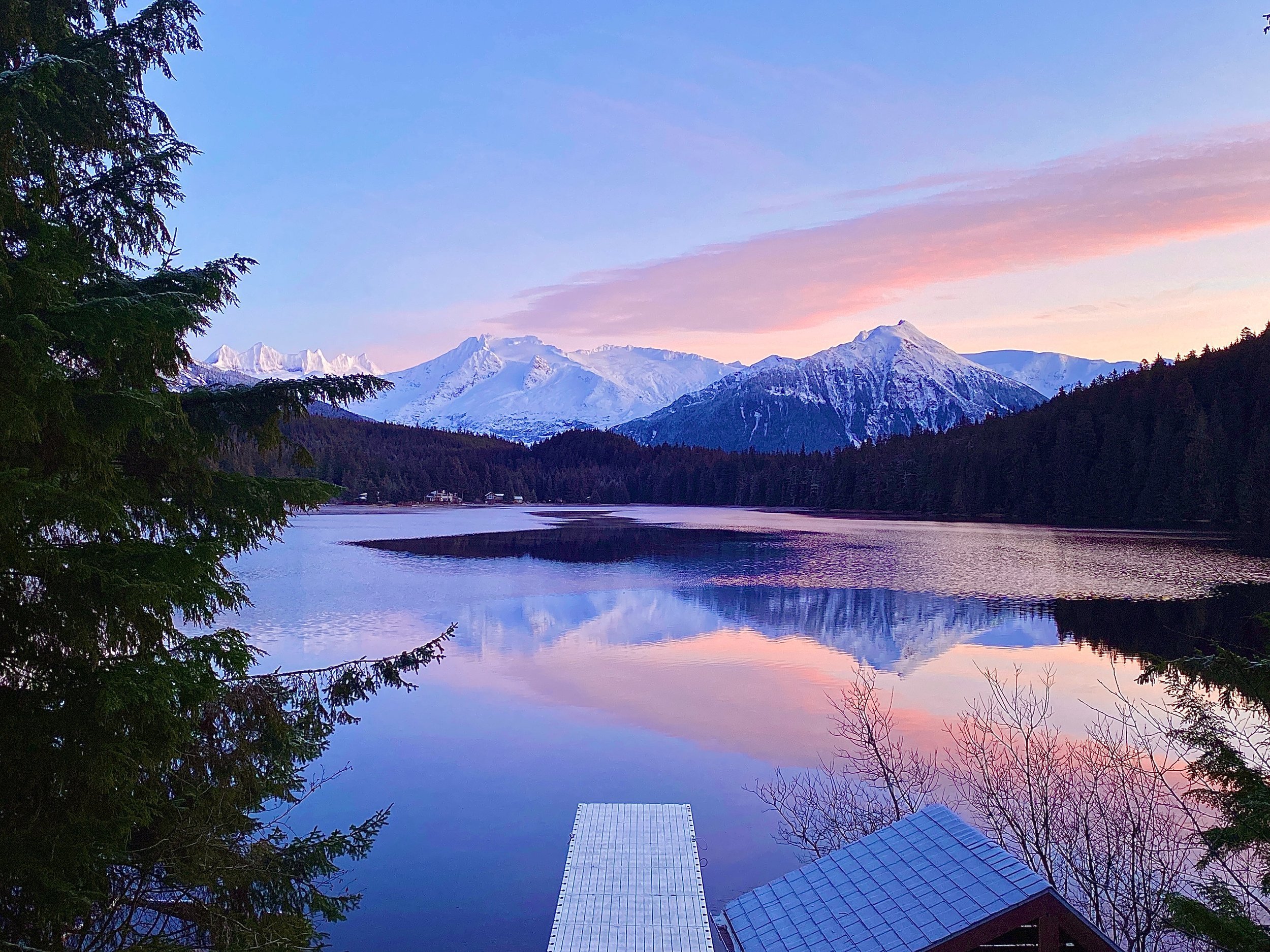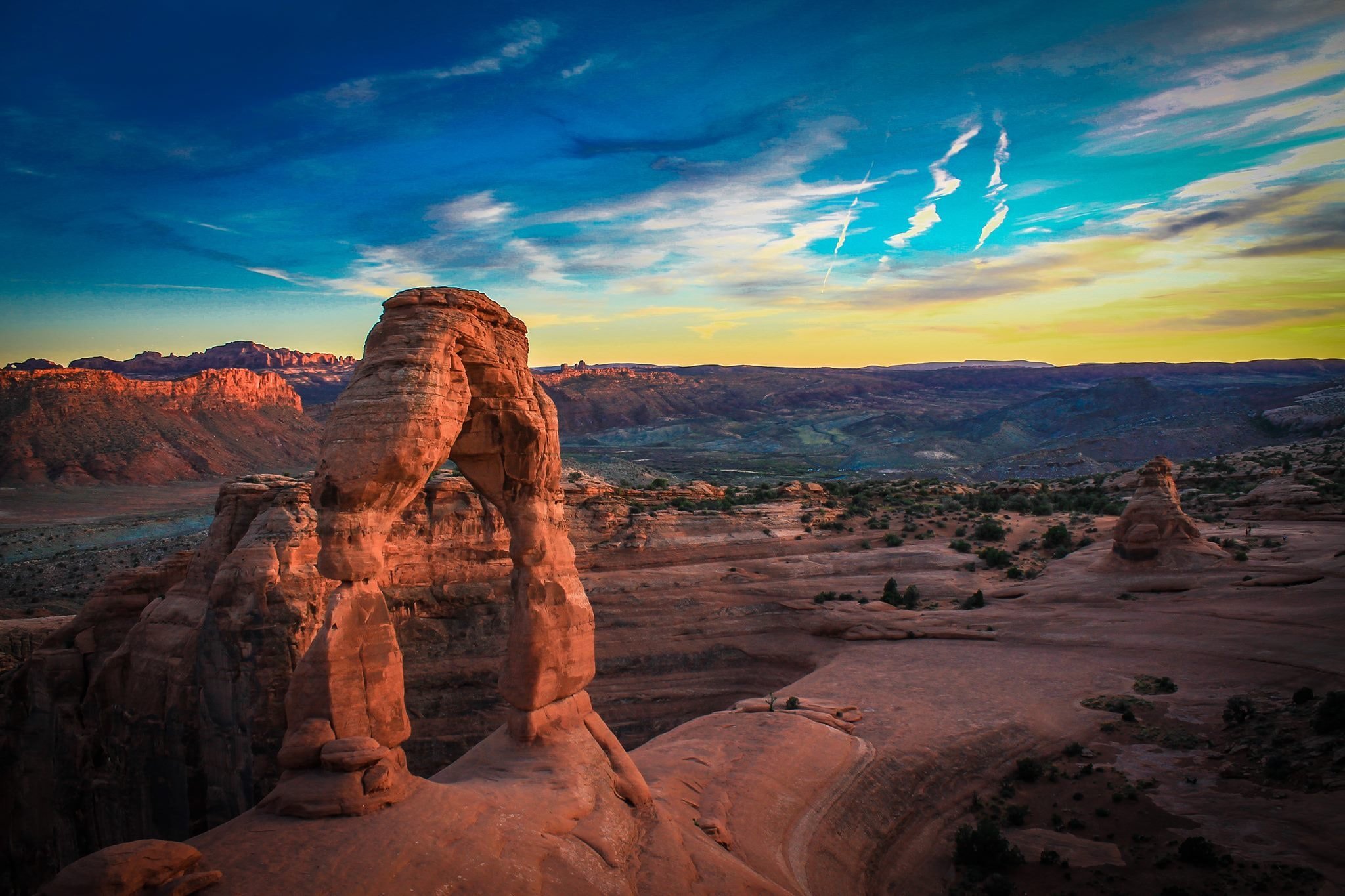Your Guide to Ecotourism in the United States
Photo by Elias Shankaji
When travelers visit new places they go out to eat, go sightseeing, and inject money into the communities they visit. But travel isn’t always good for communities, and it especially is not always sustainable for landscapes and the environment.
Mass tourism specifically does harm by creating environmental strain on different ecosystems and landscapes. When there is a lot of foot traffic to a natural environment, there is naturally a lot of wear and tear on the land.
That’s where ecotourism comes in.
What is Ecotourism?
Ecotourism is essentially travel with sustainable practices. Forms of sustainable tourism like ecotourism support not only economic harmony for local communities, but also aims to preserve natural habitats of animal species while sustaining the natural beauty of landscapes.
There are plenty of ecotourism opportunities all over the world. There is even an entire committee dedicated to travel and sustainability: the international ecotourism society.
Recently many travelers have become more aware of not just their carbon footprint, but also the harm the tourism industry places on local culture, natural resources, and landscapes prompting an increased interest in Ecotourism.
What Does Ecotourism Look Like in the United States?
Ecotourism has long been practiced by national parks and state parks. In fact, on August 25, 1916, President Woodrow Wilson signed the act that created the national parks service we know and love today. National parks were created to aid in environmental conservation of different natural areas all over the US.
Ecotourism does exist outside of national parks though. It is just more commonly seen outside of these giant cities and densely populated regions. In fact, one big way the US is seeing a boom in the ecotourism industry is through the vanlife movement. The van life movement encompasses all adventurers who travel in vans and buses, but also includes overlanding and other mobile nomadic methods of transportation.
Beyond national parks and overland travel, tour operators and accommodations have implemented sustainable practices by transitioning to solar, traveling to natural areas instead of city destinations, and embracing the principles of slow travel.
Fun fact: It would take nearly 8 billion solar panels to power the United States with our current technology. That equates to almost 10,000 square miles of solar panels!
The Best States for Ecotourism in the US
It is undeniable that environmental impacts are being felt in the US as a result of tourism. One way to alleviate this is to travel to lesser known states and destinations while embracing Ecotourism or a sustainable mindset.
If you’re looking for the most sustainable ecotourism destinations to plan your next vacation, you don’t have to venture far to places like Costa Rica— here are the top US states to consider for your next ecotourism destination:
1. Alaska
Photo by Kayti Coonjohn
Alaska is home to a giant population of grizzly bears and the largest population of bald eagles in the US. It also boasts eight national parks including the popular Denali National Park, and seemingly limitless access to the great outdoors.
Because there are so many outdoor activities and unscathed natural habitats, Alaska is easily one of the most sustainable places you could plan your next vacation.
When planning your trip to Alaska, you can get in contact with one of Alaska's many ecotourism operators to ensure you are exploring these natural wonders sustainably.
2. Hawaii
Photo by Peter Vanosall
Hawaii is no stranger to responsible travel and ecotourism. The Hawaiian local people have been encouraging environmental stewardship for generations.
The Hawaiian Islands not only support local cuisine, businesses, and culture, but they have long been known for being eco friendly, and leaders in environmental education.
Check out one of Hawaii's eight major islands, or nine national parks. One of the most underrated national parks in Hawaii is Hōnaunau National Historical Park. This national park is said to be protected by the God Lono who is known by the Hawaiian people as the “God of Life.”
3. Washington
Photo by Dave Hoefler
Washington state is known for some of its bustling big cities, but Washington also has hundreds of acres of natural wild landscapes. Visit one of their three national parks including Mount Rainier National Park, Olympic National Park, and North Cascades National Park.
4. Oregon
Photo by Cristofer Maximilian
Oregon has recently fallen victim to several large wildfires that have dramatically impacted tourism. Unfortunately, this leads to travelers believing the destination is inherently risky to visit. This also pushes away local businesses, and drives up the cost of hotels and other goods and services.
These wildfires are widely believed to be caused by the adverse effects of global warming. This is severely detrimental to not just the local economies, but also certain endangered species, bird species and the natural landscapes.
Among the hundreds of acres of stunning natural landscapes in Oregon, travelers should also check out Hopworks Urban Brewery. This brewery is centered around the idea of ecotourism and their environmental impact. They use sustainable business practices that protect the planet and support the local community.
5. Colorado
Photo by Colin Lloyd
Home to the Rocky Mountains, world class skiing, and diverse natural landscapes— Colorado is a fantastic green travel destination that has no shortage of natural beauty to explore.
Enjoy one of Colorado's four national parks— Rocky mountain national park, Mesa Verde, Great Sand Dunes and Black Canyon of the Gunnison.
Colorado is also home to the stunning Garden of the Gods. Garden of the Gods is known for its hundreds of multi-use trails that are favorites of hikers, mountain bikers, horseback riders and even jeep safaris.
6. California
Photo by Jason Hogan
Although California is home to plenty of wildly overpopulated cities, you can actually have a very sustainable trip to the golden state. Between Joshua Tree National park, Yosemite National Park, and half moon bay, there is no shortage of ecotourism activities in this coastal state.
California is also famous for its bountiful wine country. If you’re a wine lover— grab a seat on one of the many local tour buses and indulge in one of the hundreds of eco wines and wineries in Napa valley.
7. Montana
Photo by John Kakuk
The big sky state of Montana is a giant playground full of abundant outdoor adventures, stunning landscapes, and is home to the very first recognized national park in the US— Yellowstone national park.
Yellowstone is full of natural hot springs, a super volcano, and plenty of active geysers. Also worth visiting is Glacier National Park. This stunning landscape encompasses over a million acres of glacier formed peaks and valleys. Enjoy dozens of crystal blue alpine lakes, waterfalls and a plethora of wildlife.
8. Utah
Photo by SoloTravelGoals
Utah is home to five stunning national parks. Utah's diverse natural landscapes are full of national forests, red rocks, great lakes for water activities and a natural habitat that lends to tons of unique flora and fauna.
Utah also has unique salt marshes and salt flats that were formed by the great salt lake drying up over the course of hundreds of years. The salt flats have no speed limit, so they are a popular destination for those who want to drive fast, but they also have an eerie beauty that draws in photographers from far and wide.
The state is also home to “the greatest snow on earth” and there is no shortage of winter sports in both the Wasatch and Uinta mountain ranges.
Ecotourism is Responsible Travel
When planning your next vacation, try to make it an eco-friendly trip. There are so many economic benefits to traveling sustainably. Plus, your eco friendliness ensures that the stunning landscapes and abundant wildlife are here to stay for generations.
Instead of venturing to a bustling urban area, visit coastal areas and try scuba diving, or enjoying the vast hiking trails and bike routes spanning the country. Sustainable tourism is not difficult to partake in, it just takes a bit of mindfulness and education to get started.
Sea Going Green is a sustainable tourism consultancy that works on enhancing the sustainability of destinations around the world.
Is your destination ready to reach its full sustainability potential? Find out how.









